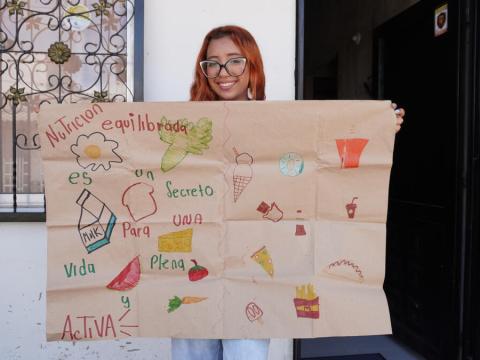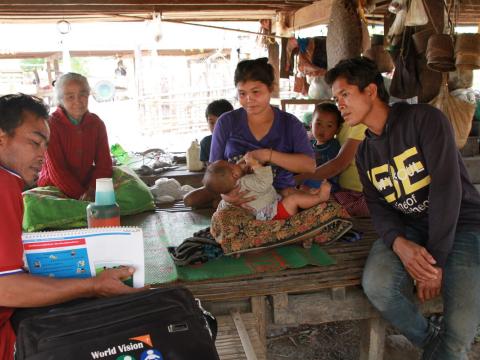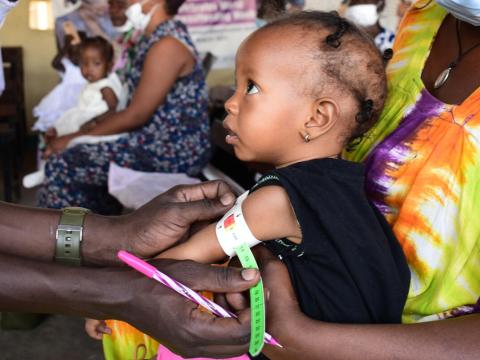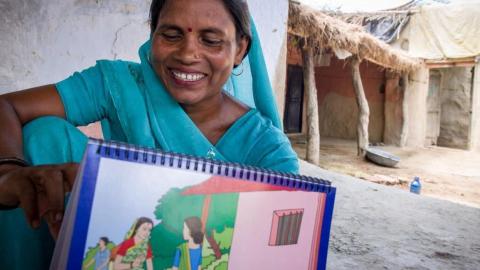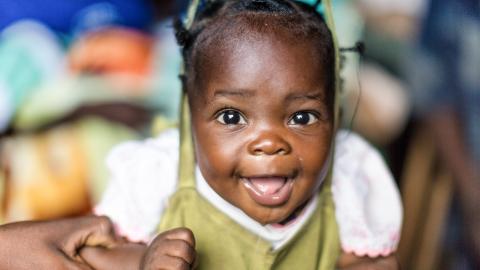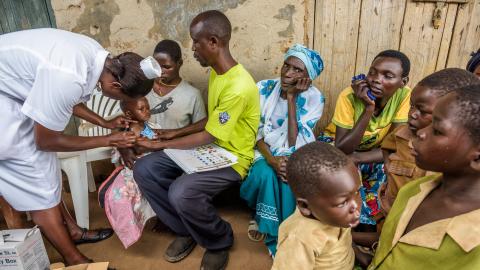Health
Our Impact
A world where all children are healthy
Around the world, children in the poorest households are twice as likely to die before their fifth birthday compared to those in wealthier households. Despite decades of progress, the most vulnerable children continue to face the same devastating health challenges. Nearly half of all under-five deaths occur during the newborn period, and preventable diseases like pneumonia, diarrhoea, and malaria still claim far too many young lives. These three illnesses alone account for almost half of all under-five mortality. Children who have not received routine vaccinations – known as zero-dose children – make up nearly half of all vaccine-preventable deaths.
At World Vision, we confront these challenges head-on. Our health interventions target the leading causes of illness and death among children under five. Using family- and community-centred approaches, we drive positive behaviour change, strengthen community and health systems, and advocate at all levels to break the cycle of vulnerability.
Our work supports Sustainable Development Goal 3: Ensure healthy lives and promote well-being for all at all ages. By partnering with families, communities, and organisations, we address urgent health needs while contributing to long-term solutions like universal health coverage and improved well-being for all. Over the next five years, we will build on our strengths in nutrition, infectious diseases, mental health, and primary health care systems support to meet prioritised needs of the most vulnerable children.
Our Approaches
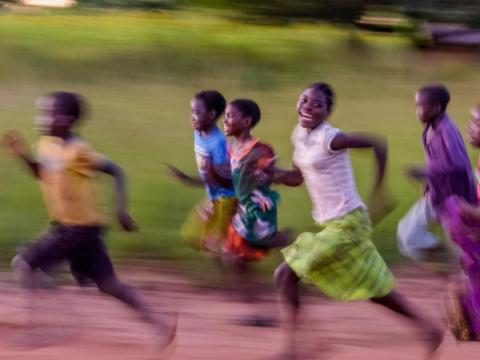
Health and Nutrition Sector Approach (HNSA)
World Vision promotes holistic child and adolescent development to support lifelong health and well-being.
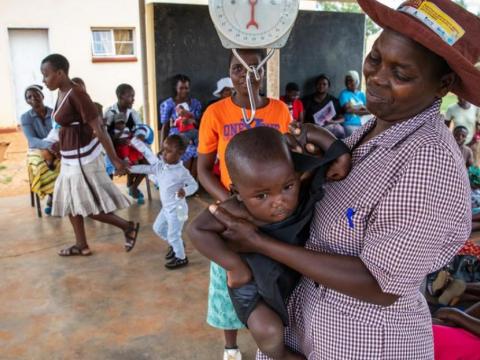
Community Health Workers (CHW)
World Vision strengthens health systems by supporting community health workers and partnering with communities for lasting, quality healthcare.
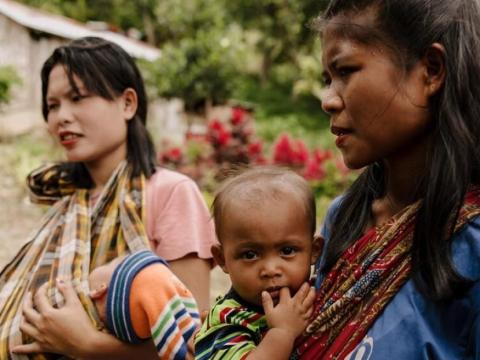
Nurturing Care Groups (NCG)
An integrated cross-sectoral model based on the Care Groups approach, addressing a range of social norms and behaviour change in health, nutrition, WASH, early child development and child protection.

Community Health Committees (COMM)
Empowering community stakeholders and leaders to identify, plan and promote improvements in health and nutrition practices, social norms and services.



